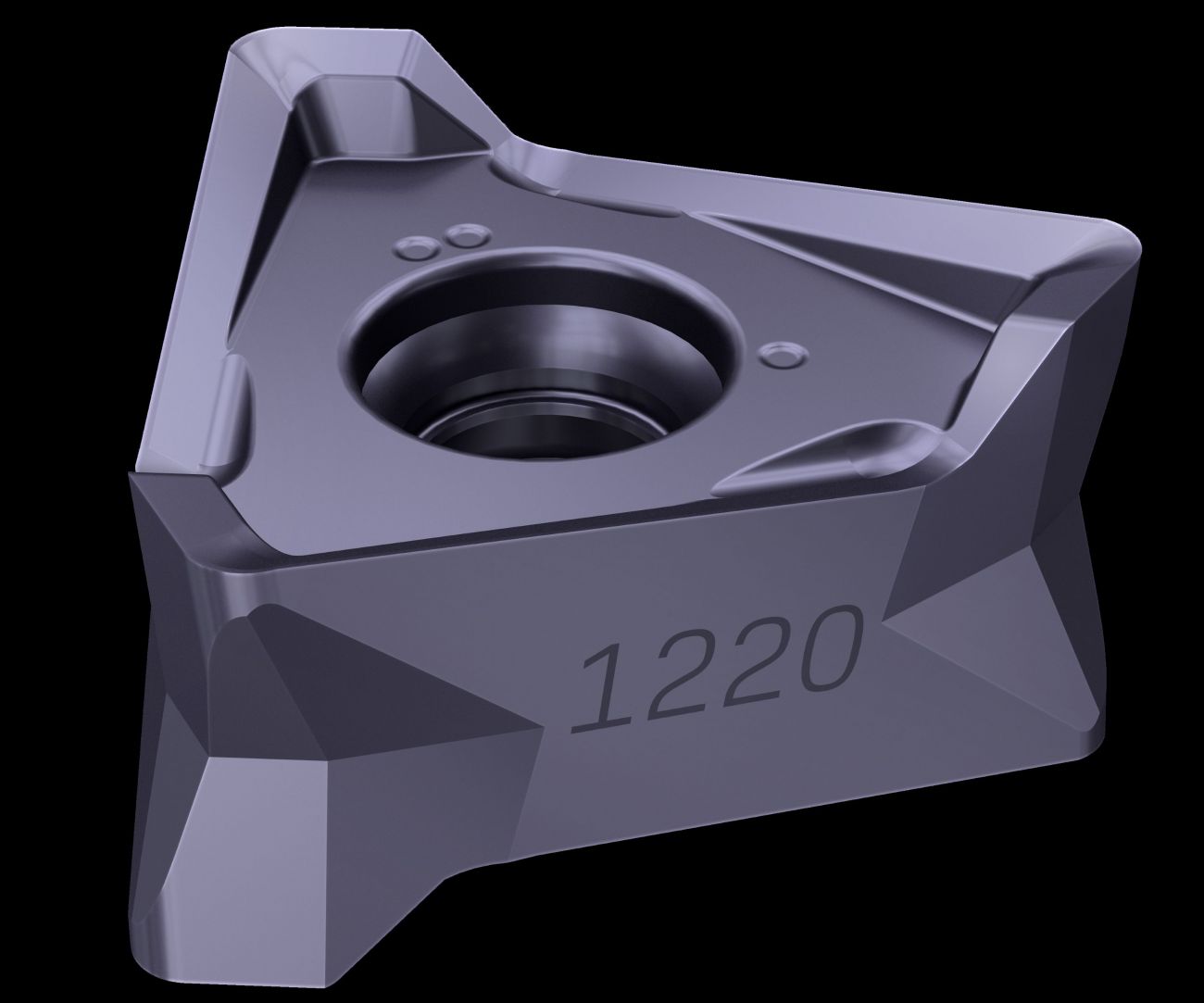Sandvik Coromant’s GC1220 for Cast Iron Mastery

Sandvik Coromant, the leader in cutting tools and tooling systems, has launched GC1220 — the latest indexable milling grade for nodular cast iron, designed to deliver unmatched performance, reliability, and efficiency. At the heart of GC1220 lies a breakthrough in coating technology: the nano-multilayer PVD coating, developed using the renowned Zertivo® coating process.
GC1220 is engineered to tackle the toughest cast iron machining challenges. Whether operating in wet or dry conditions, it offers exceptional resistance to abrasive wear and thermal cracking, ensuring stable and secure machining even in the most demanding environments.
The continuous development of Zertivo®, Sandvik Coromant’s unique PVD production technology, amplifies GC1220’s capabilities. The advanced nano-multilayer coating, a combination of TiAlN and TiSiN, delivers a rare synergy of edge line toughness and wear resistance, typically considered a trade-off in conventional grades.

“GC1220’s groundbreaking coating innovation delivers exceptional performance with security, predictability and sustainability. This new cast iron milling grade builds on the same proven innovation as our successful GC1230 steel milling grade. With its advanced Physical Vapour Deposition (PVD) coating and robust performance in demanding conditions, GC1220 will define a new level of performance for cast iron machining,” says Wayne Mason, Global Product Application Manager for Grades, Sandvik Coromant.
Optimized for light roughing to finishing operations, GC1220 is ideal for a wide range of applications, from general machining to more challenging tasks such as square shoulder milling, cast component feature interruptions, skin conditions and complex tool paths.
It is the first choice for nodular cast iron (K3) and can be used on malleable and grey cast irons (K1/K2). It performs exceptionally in both wet and dry conditions and is suitable for all industry segments and various component features.
GC1220 inserts are designed for longer and more predictable tool life, reducing downtime and increasing productivity. This reliability translates into a more efficient and sustainable production process, helping manufacturers meet both performance and environmental goals.
Image Source: Sandvik Coromant




 Facebook
Facebook.png) Twitter
Twitter Linkedin
Linkedin Subscribe
Subscribe